Home>Gardening & Outdoor>Outdoor Structures>How To Prevent Shed Floor Rot
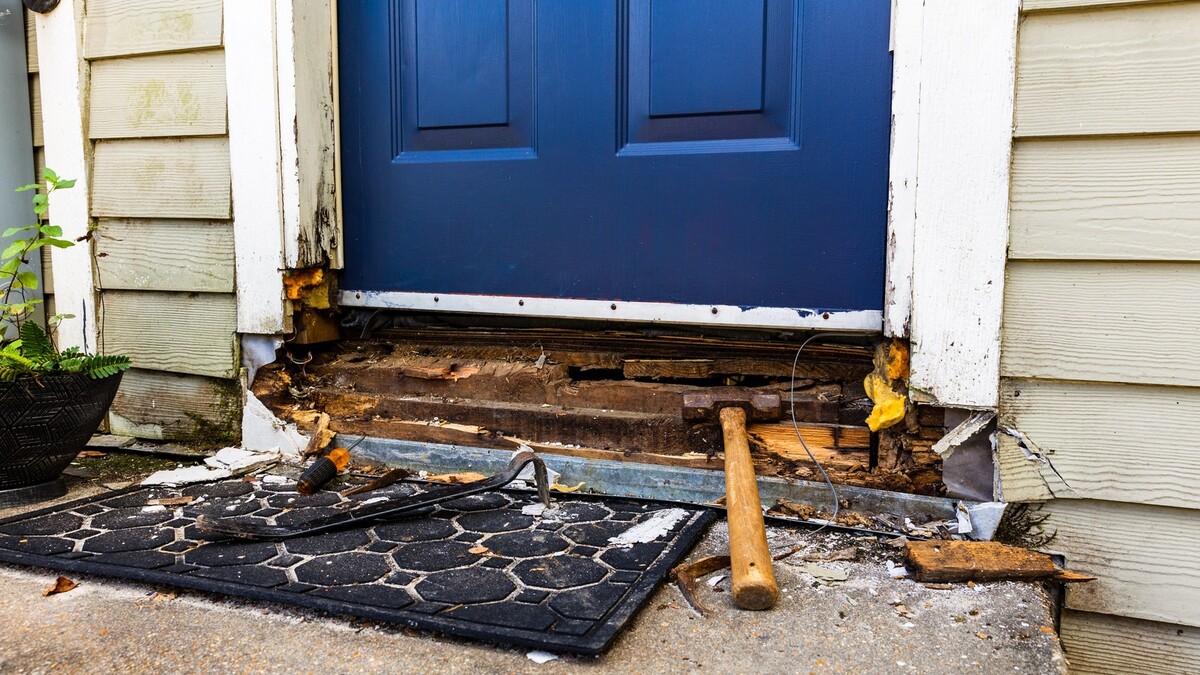

Outdoor Structures
How To Prevent Shed Floor Rot
Published: January 20, 2024
Learn how to prevent outdoor structure floor rot with our expert tips and maintenance techniques. Protect your shed and other outdoor structures from moisture and decay.
(Many of the links in this article redirect to a specific reviewed product. Your purchase of these products through affiliate links helps to generate commission for Storables.com, at no extra cost. Learn more)
Introduction
When it comes to outdoor structures, a well-maintained shed can be a valuable asset for homeowners. It provides storage space for tools, equipment, and seasonal items, keeping them organized and protected from the elements. However, one common issue that plagues shed owners is floor rot. Shed floor rot can compromise the structural integrity of the entire shed, leading to costly repairs or even the need for a full replacement.
Understanding the causes of shed floor rot and implementing preventive measures are essential for preserving the longevity of your shed. In this comprehensive guide, we will delve into the various aspects of shed floor rot, including its causes and preventive strategies. By gaining a deeper understanding of this issue and learning how to address it effectively, you can ensure that your shed remains a functional and durable space for years to come.
Let's explore the ins and outs of shed floor rot, from its underlying causes to practical maintenance tips that will help you protect your outdoor structure from this pervasive problem.
Key Takeaways:
- Shed floor rot is caused by moisture, fungal growth, and insect infestation. Prevent it by proper site preparation, quality foundation construction, effective sealing, and regular maintenance.
- Regularly inspect for moisture damage, seal gaps, control vegetation, and monitor humidity levels to maintain shed floor integrity and prevent rot.
Read more: How To Prevent Decking From Rotting
Understanding Shed Floor Rot
Shed floor rot is a prevalent issue that occurs when the flooring material of a shed deteriorates due to exposure to moisture, fungal growth, or insect infestation. The most common types of shed flooring susceptible to rot include plywood, oriented strand board (OSB), and tongue-and-groove wooden planks. These materials, while cost-effective and commonly used in shed construction, are highly vulnerable to moisture-related damage.
Moisture is the primary culprit behind shed floor rot. When water seeps into the shed through gaps in the walls, doors, or windows, it can accumulate on the floor, especially in areas where drainage is poor. Additionally, elevated humidity levels within the shed can contribute to moisture buildup, accelerating the decay of the flooring material.
Fungal growth, such as mold and mildew, often accompanies excessive moisture, further exacerbating the deterioration of the shed floor. These fungi thrive in damp environments and can gradually break down the organic components of the flooring material, leading to soft spots, discoloration, and an unpleasant musty odor.
Insect infestation, particularly by wood-boring pests like termites and carpenter ants, poses another significant threat to shed floors. These pests tunnel through the wood, causing structural damage and weakening the floor’s integrity. If left unchecked, insect infestation can result in irreparable harm, necessitating extensive repairs or replacement of the shed floor.
Understanding the mechanisms that contribute to shed floor rot is crucial for implementing effective preventive measures. By recognizing the factors that promote moisture retention, fungal proliferation, and insect damage, shed owners can take proactive steps to safeguard their shed floors and preserve the overall structural soundness of their outdoor storage space.
Identifying Common Causes of Shed Floor Rot
Shed floor rot can stem from various factors, each of which contributes to the degradation of the flooring material. Identifying these common causes is essential for implementing targeted preventive measures and preserving the integrity of the shed floor. Here are the primary culprits behind shed floor rot:
- Moisture Infiltration: One of the leading causes of shed floor rot is moisture infiltration. When the shed is not adequately sealed or lacks proper drainage, rainwater, snowmelt, or groundwater can seep into the interior, leading to prolonged dampness and fostering an environment conducive to rot and fungal growth.
- Poor Ventilation: Inadequate ventilation within the shed can exacerbate moisture-related issues. Without proper airflow, humidity levels can rise, creating a breeding ground for mold, mildew, and wood decay fungi. This can accelerate the deterioration of the shed floor over time.
- Ground Contact: Direct contact between the shed floor and the ground can facilitate moisture transfer, especially in areas with high groundwater levels or poor soil drainage. This constant contact can result in the absorption of moisture by the flooring material, hastening its decay.
- Inadequate Foundation: A poorly constructed or deteriorating foundation can compromise the shed’s structural integrity, leading to shifts or uneven settling. This can cause stress on the flooring material, leading to gaps or cracks that allow moisture and pests to infiltrate, accelerating floor rot.
- Neglected Maintenance: Lack of regular maintenance, such as failing to address leaks, cracks, or damaged roofing, can contribute to the onset of shed floor rot. Over time, minor issues can escalate, leading to extensive water damage and structural decay.
By recognizing these common causes of shed floor rot, shed owners can take proactive steps to mitigate these risks and protect their shed floors from premature deterioration. With a thorough understanding of the underlying factors contributing to floor rot, it becomes possible to implement targeted preventive measures and ensure the long-term durability of the shed’s flooring.
To prevent shed floor rot, use pressure-treated or rot-resistant wood for the floor, ensure proper drainage around the shed, and regularly inspect and maintain the floor for any signs of damage or decay.
Preventive Measures for Shed Floor Rot
Implementing proactive measures to prevent shed floor rot is essential for preserving the structural integrity and longevity of the shed. By addressing the underlying causes and vulnerabilities that contribute to floor rot, shed owners can effectively safeguard their outdoor storage space from moisture-related damage and decay. Here are key preventive measures to consider:
- Proper Site Preparation: Selecting an elevated, well-drained location for the shed can help minimize the risk of moisture infiltration. Ensuring that the shed is positioned away from areas prone to standing water and excessive moisture can significantly reduce the likelihood of floor rot.
- Quality Foundation Construction: Building the shed on a robust, properly constructed foundation, such as concrete piers or a gravel bed, can elevate the floor above ground level, reducing direct contact with moisture-prone soil and mitigating the risk of decay.
- Effective Sealing and Ventilation: Thoroughly sealing gaps, cracks, and joints in the shed’s structure, including doors, windows, and roofing, can prevent water intrusion. Additionally, promoting adequate ventilation through vents or windows can help regulate humidity levels and minimize moisture buildup within the shed.
- Appropriate Flooring Material: Choosing rot-resistant flooring materials, such as pressure-treated lumber, composite decking, or concrete, can significantly enhance the shed’s resilience against moisture and fungal decay. These materials offer superior durability and longevity compared to traditional plywood or OSB.
- Regular Inspection and Maintenance: Conducting routine inspections of the shed floor and addressing any signs of damage, such as cracks, warping, or discoloration, is crucial for early intervention. Prompt repairs and maintenance, including resealing joints and addressing drainage issues, can prevent minor concerns from escalating into extensive floor rot.
- Elevated Flooring Design: Opting for a raised or elevated flooring design, such as a shed with a raised wooden platform or a metal base, can minimize ground contact and reduce the risk of moisture absorption, especially in areas prone to high humidity or heavy rainfall.
By implementing these preventive measures, shed owners can fortify their structures against the pervasive threat of floor rot, ensuring that the shed remains a durable and reliable storage space for years to come. Proactive planning, thoughtful material selection, and ongoing maintenance are key components of a comprehensive strategy to combat shed floor rot and preserve the integrity of outdoor storage structures.
Regular Maintenance Tips for Shed Floors
Maintaining the integrity of a shed floor requires consistent attention and proactive care. By incorporating regular maintenance practices into your shed care routine, you can effectively mitigate the risk of floor rot and preserve the structural soundness of the entire shed. Here are essential maintenance tips for ensuring the longevity of shed floors:
- Inspect for Moisture Damage: Regularly examine the shed floor for signs of moisture damage, including discoloration, soft spots, or warping. Address any areas of concern promptly to prevent the spread of decay.
- Seal and Caulk Gaps: Periodically inspect and reseal gaps, joints, and seams in the shed’s structure to prevent water infiltration. Use quality caulking and weather-stripping materials to maintain a watertight seal.
- Monitor Drainage Systems: Ensure that the shed’s surrounding drainage systems, such as gutters and downspouts, are clear of debris and functioning properly to prevent water accumulation near the shed.
- Control Vegetation: Trim back vegetation and foliage around the shed to promote airflow and prevent moisture retention, reducing the risk of fungal growth and decay.
- Address Pest Infestation: Implement pest control measures to deter wood-boring insects and rodents, minimizing the risk of structural damage to the shed floor.
- Apply Protective Coatings: Consider applying protective coatings or sealants to the shed floor, especially if it is constructed from wood or other porous materials, to enhance its resistance to moisture and decay.
- Regular Cleaning: Keep the shed interior clean and free of debris to prevent moisture accumulation and inhibit the growth of mold and mildew, which can contribute to floor rot.
- Monitor Humidity Levels: Use a hygrometer to monitor humidity levels within the shed and take steps to improve ventilation if excessive moisture is detected.
- Reinforce Flooring Support: Periodically inspect and reinforce the support structure beneath the shed floor to maintain its stability and prevent sagging or warping.
By incorporating these regular maintenance tips into your shed care regimen, you can proactively safeguard the floor against rot and deterioration, ensuring that your shed remains a reliable and durable storage solution for years to come. Consistent vigilance and timely interventions are key to preserving the integrity of shed floors and minimizing the impact of environmental stressors.
Read more: How To Prevent Moisture In A Shed
Conclusion
Shed floor rot poses a significant threat to the structural integrity and longevity of outdoor storage structures. Understanding the underlying causes of floor rot, including moisture infiltration, poor ventilation, and neglected maintenance, is essential for implementing targeted preventive measures and preserving the shed’s flooring. By addressing these vulnerabilities and proactively fortifying the shed against decay, homeowners can ensure that their outdoor storage space remains a reliable and durable asset.
From proper site preparation and quality foundation construction to effective sealing, ventilation, and material selection, the preventive measures outlined in this guide offer a comprehensive approach to combatting shed floor rot. By integrating these strategies into shed construction and maintenance practices, shed owners can significantly reduce the risk of moisture-related damage and fungal decay, prolonging the lifespan of their outdoor structures.
Additionally, regular maintenance, including moisture damage inspections, sealing and caulking, and pest control, plays a pivotal role in preserving the integrity of shed floors. By incorporating these essential maintenance tips into their shed care routine, homeowners can proactively mitigate the risk of floor rot and address potential issues before they escalate, ensuring the long-term durability of their sheds.
Ultimately, the proactive management of shed floor rot requires a combination of preventive measures, regular maintenance, and a keen awareness of environmental factors that contribute to decay. By prioritizing the health and resilience of the shed floor, homeowners can enjoy a functional, reliable, and long-lasting outdoor storage space that meets their needs for years to come.
With a comprehensive understanding of shed floor rot and a commitment to proactive care, shed owners can safeguard their investment and enjoy the benefits of a well-maintained and structurally sound outdoor storage solution.
Frequently Asked Questions about How To Prevent Shed Floor Rot
Was this page helpful?
At Storables.com, we guarantee accurate and reliable information. Our content, validated by Expert Board Contributors, is crafted following stringent Editorial Policies. We're committed to providing you with well-researched, expert-backed insights for all your informational needs.
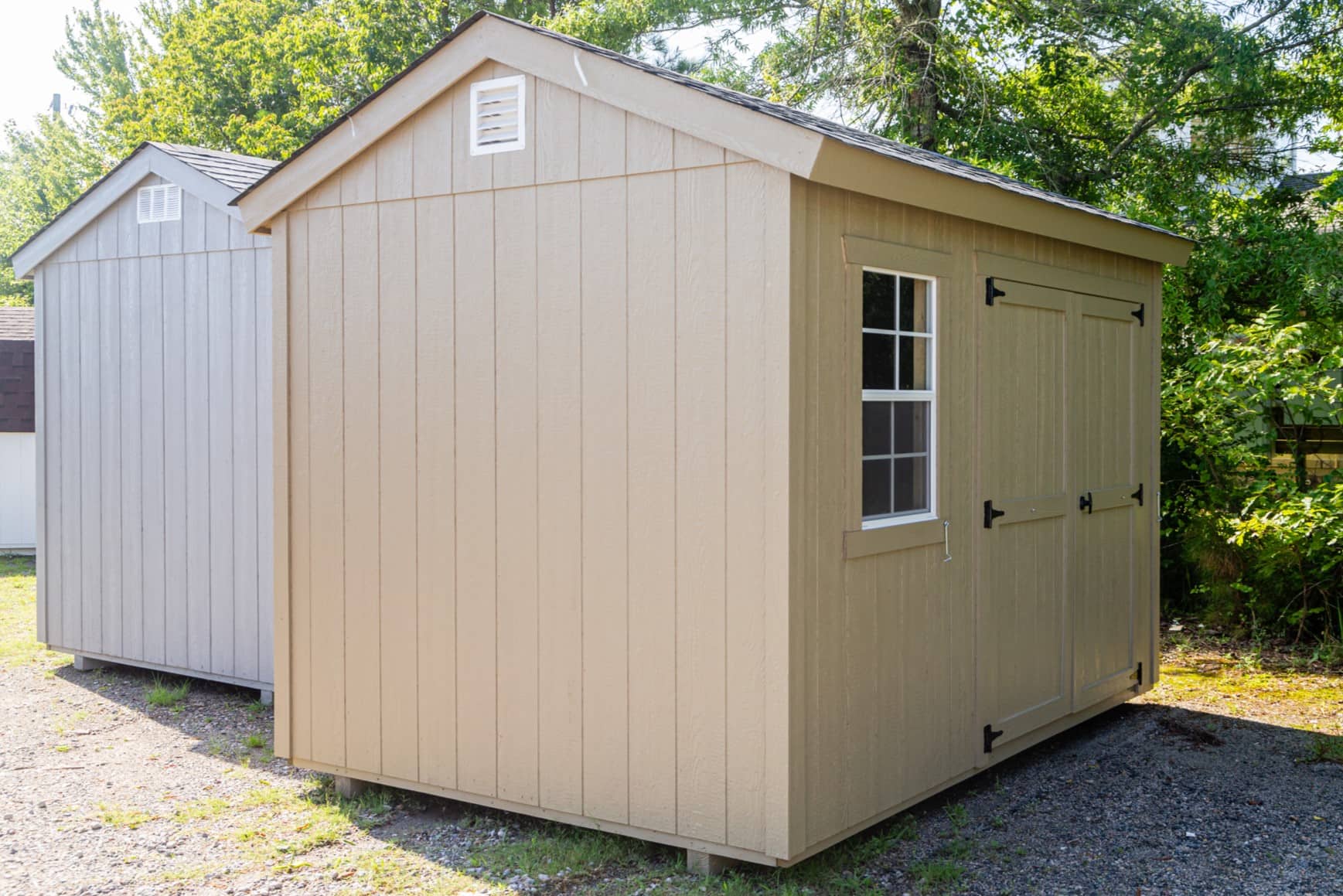
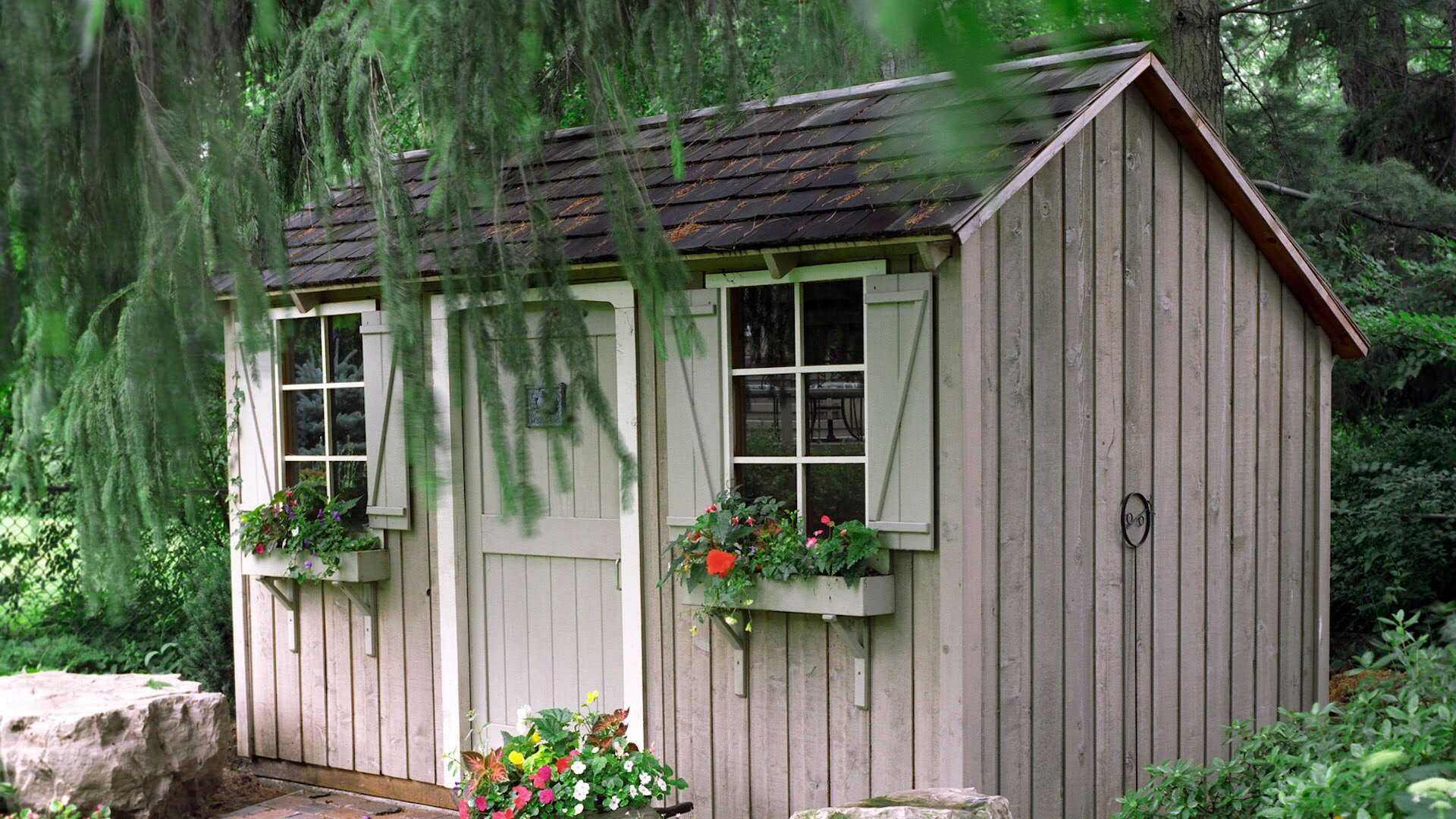
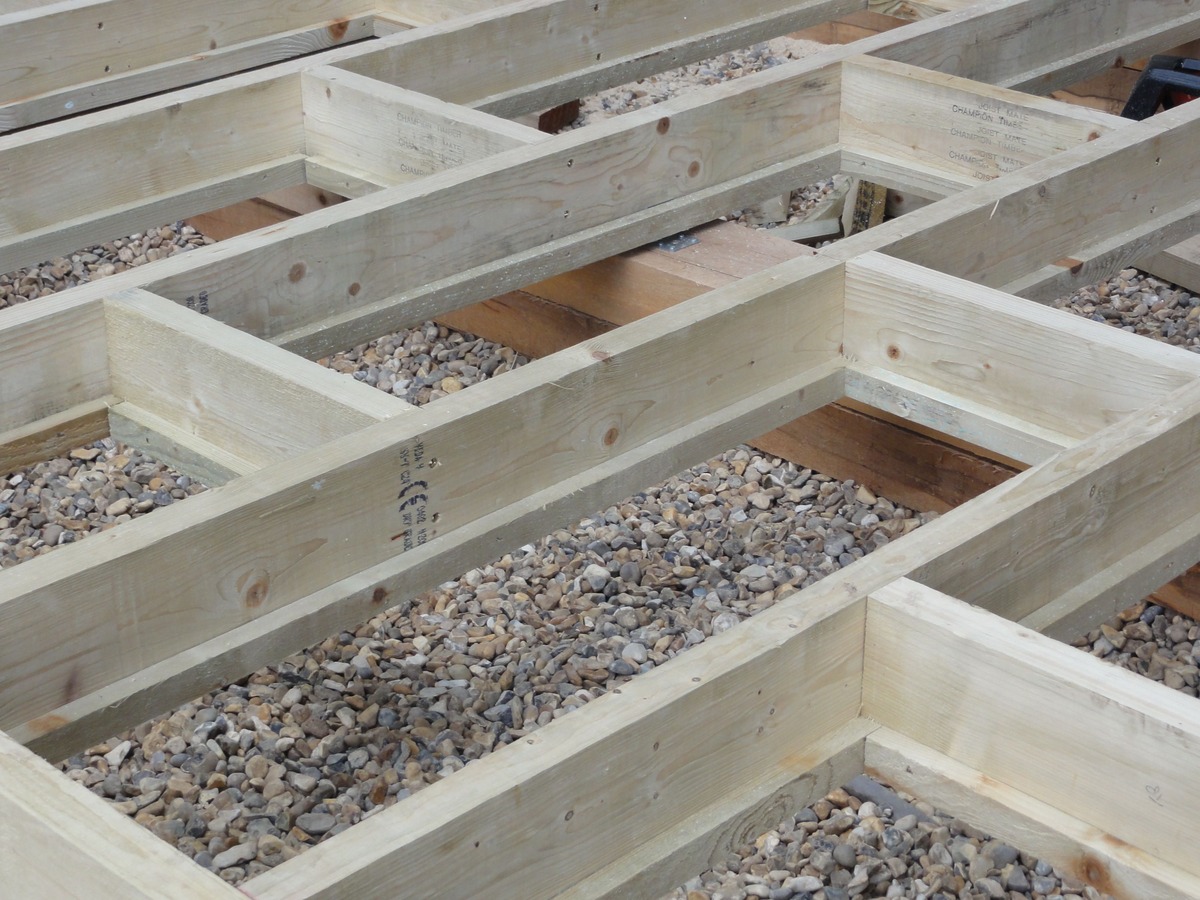
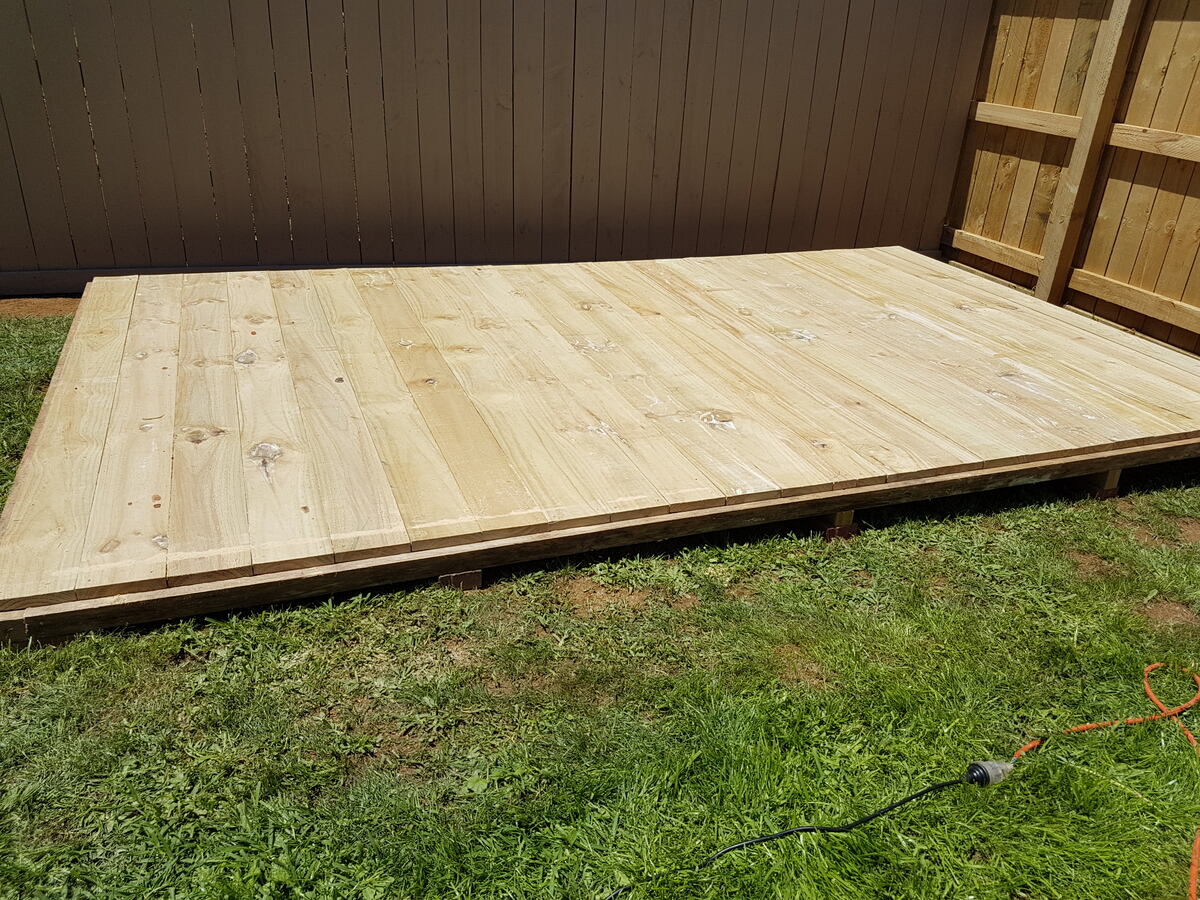
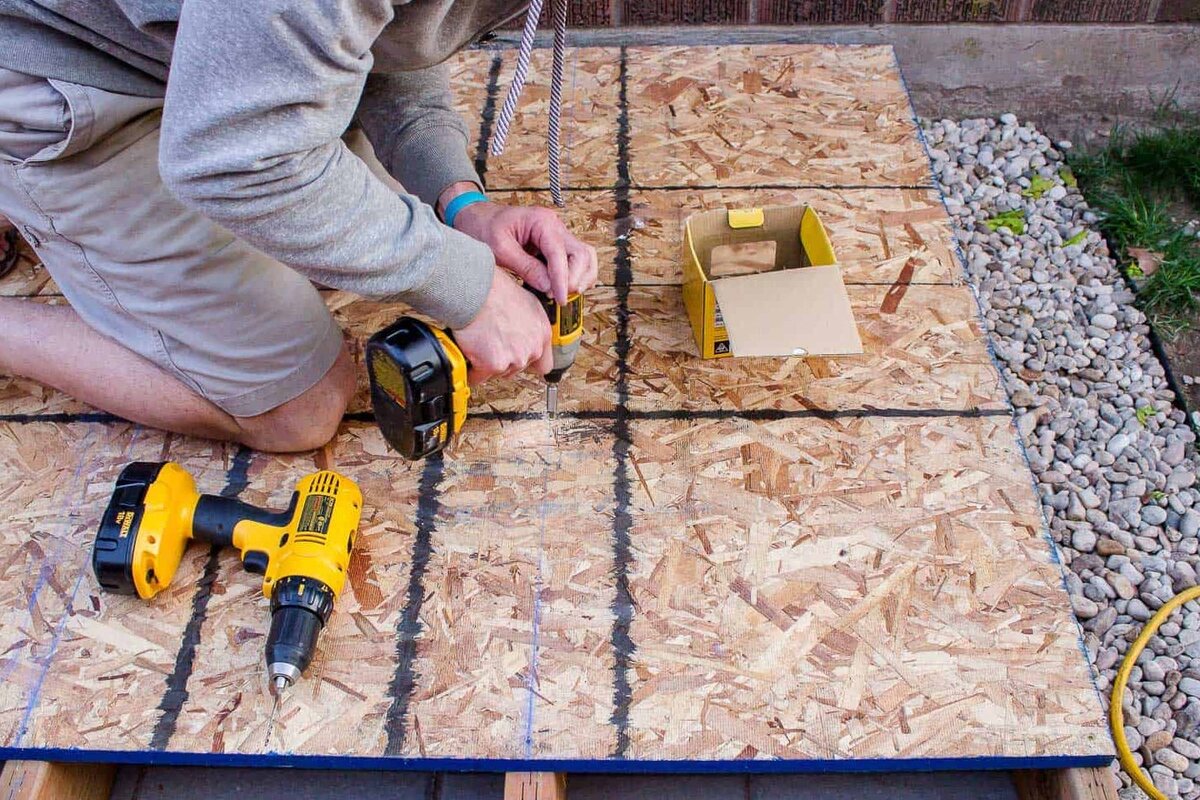
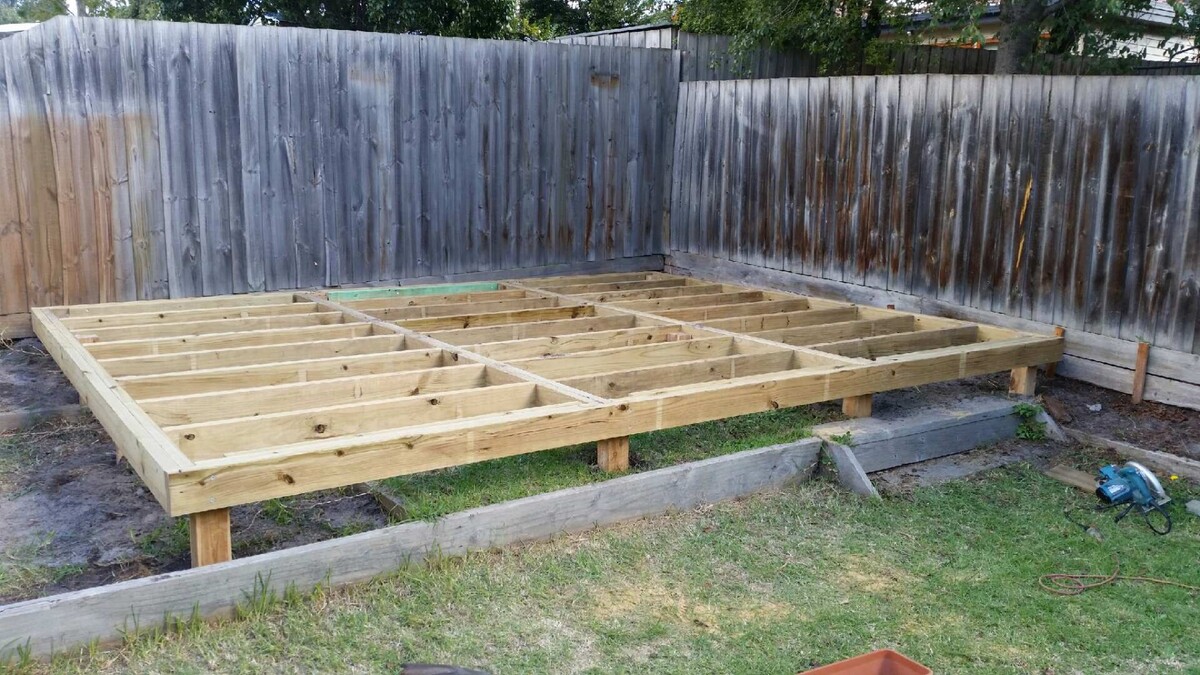
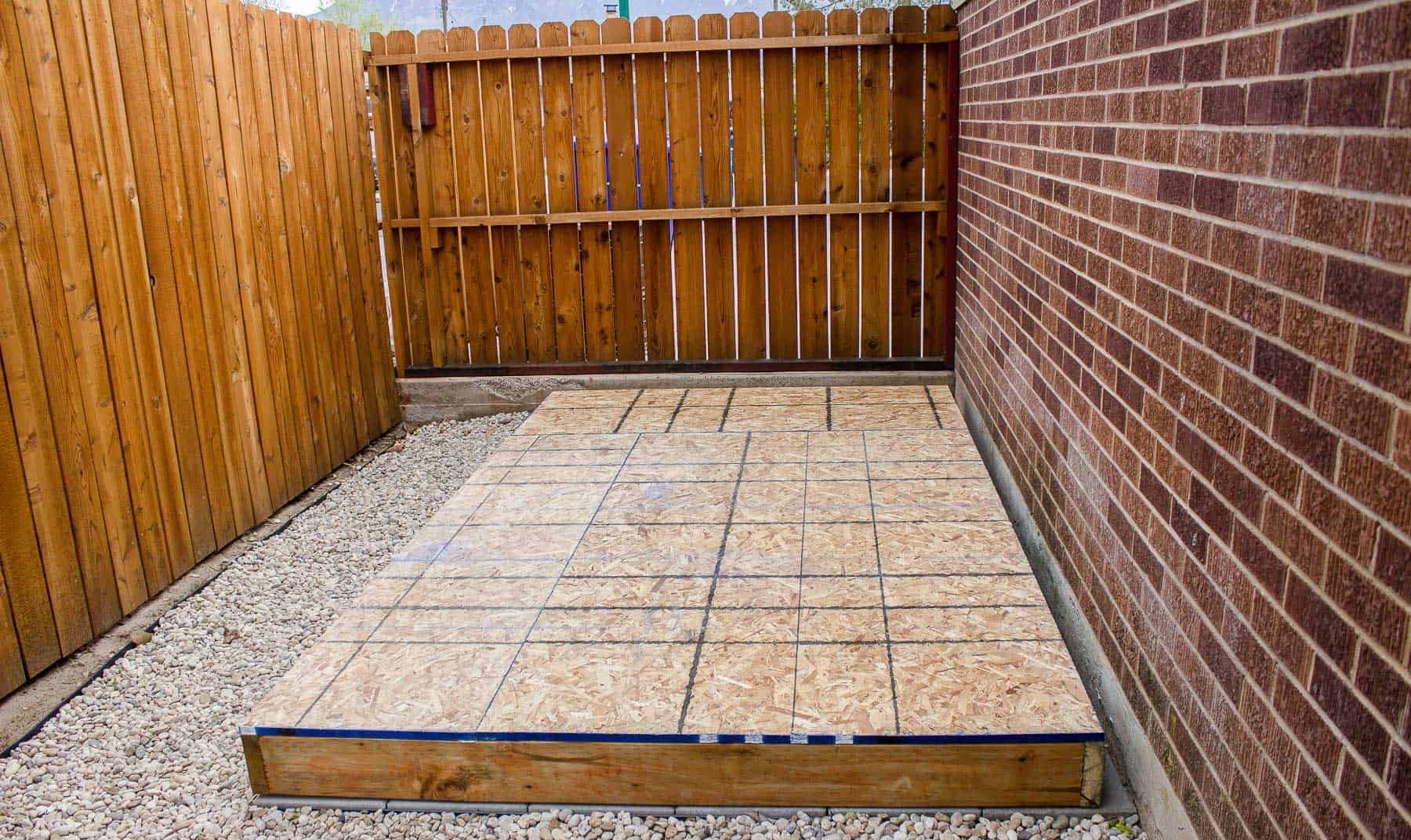
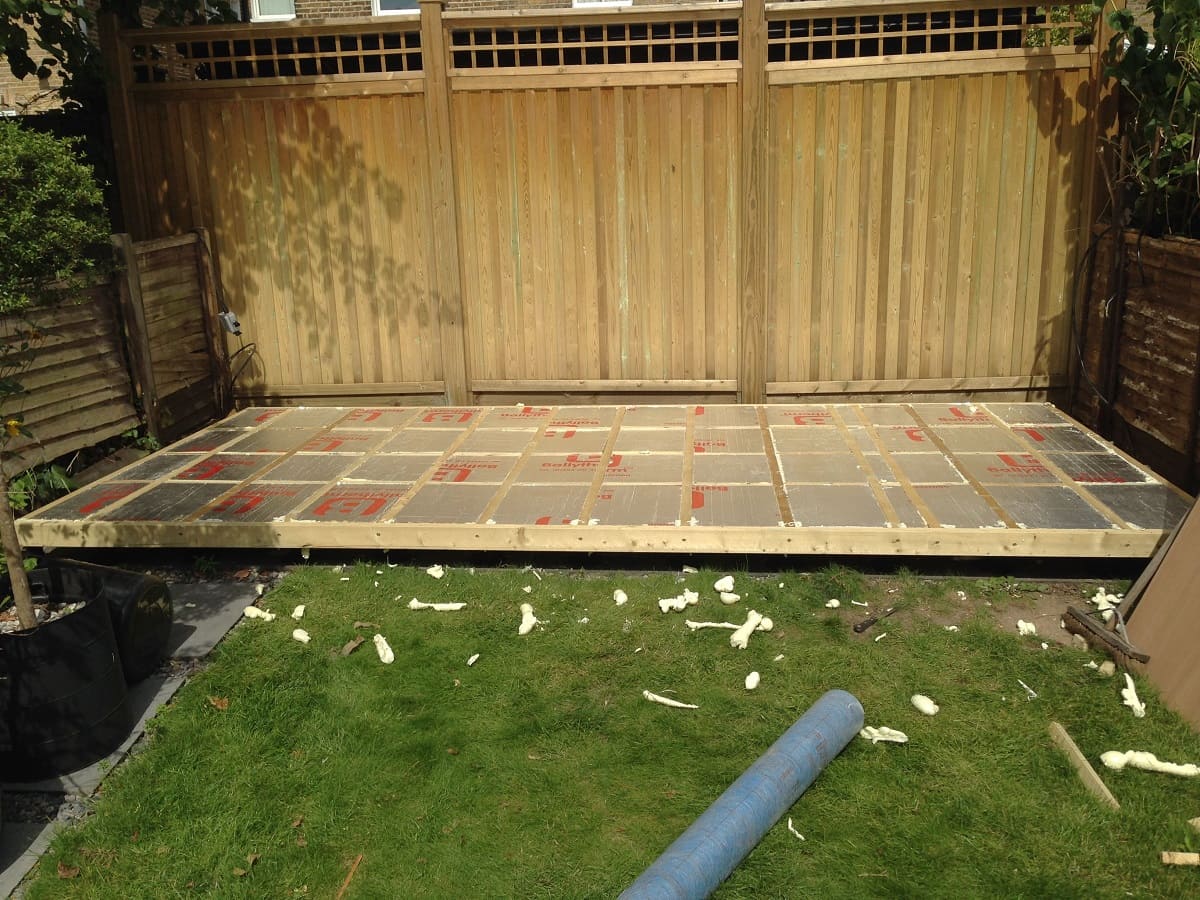
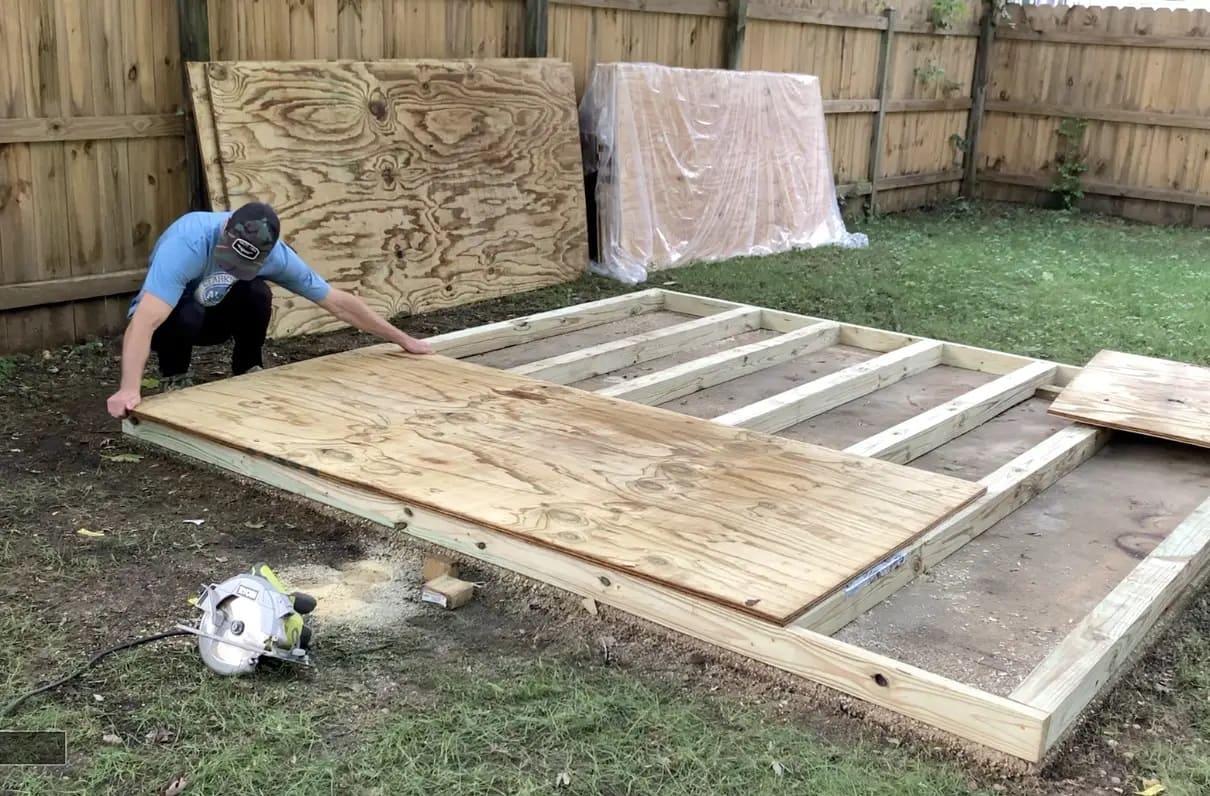
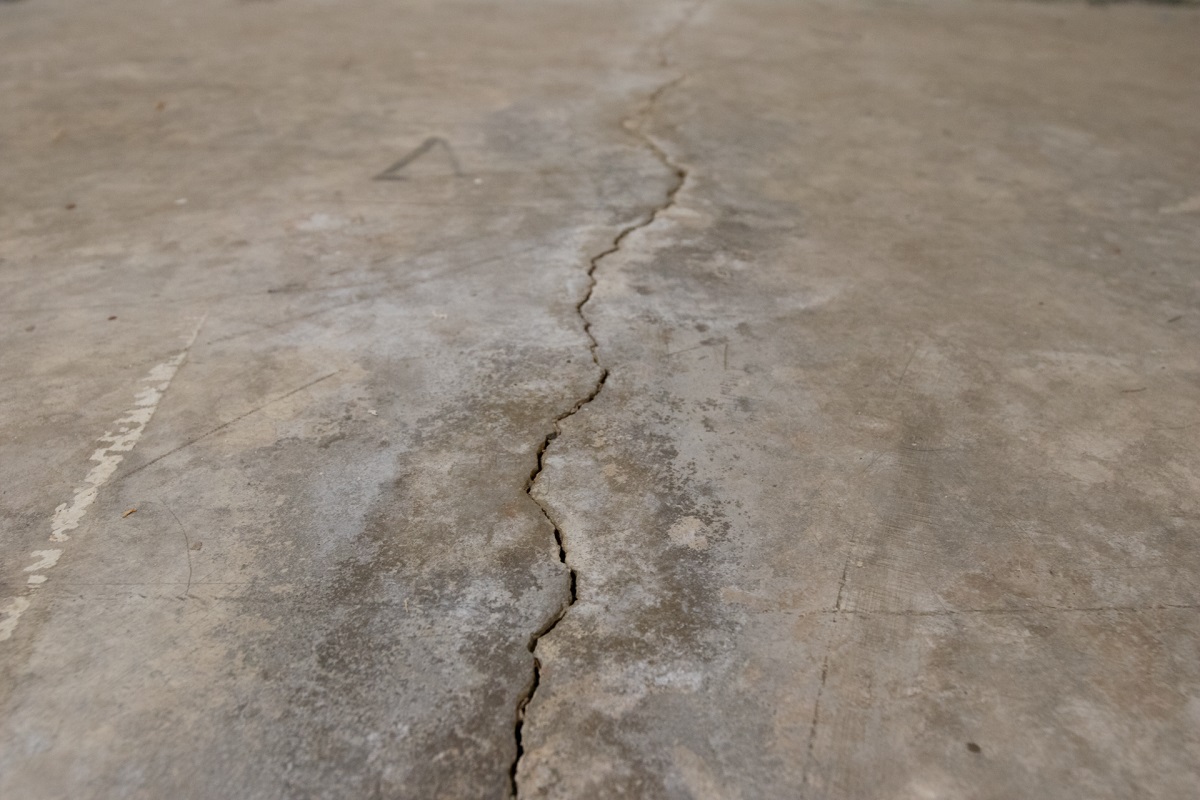
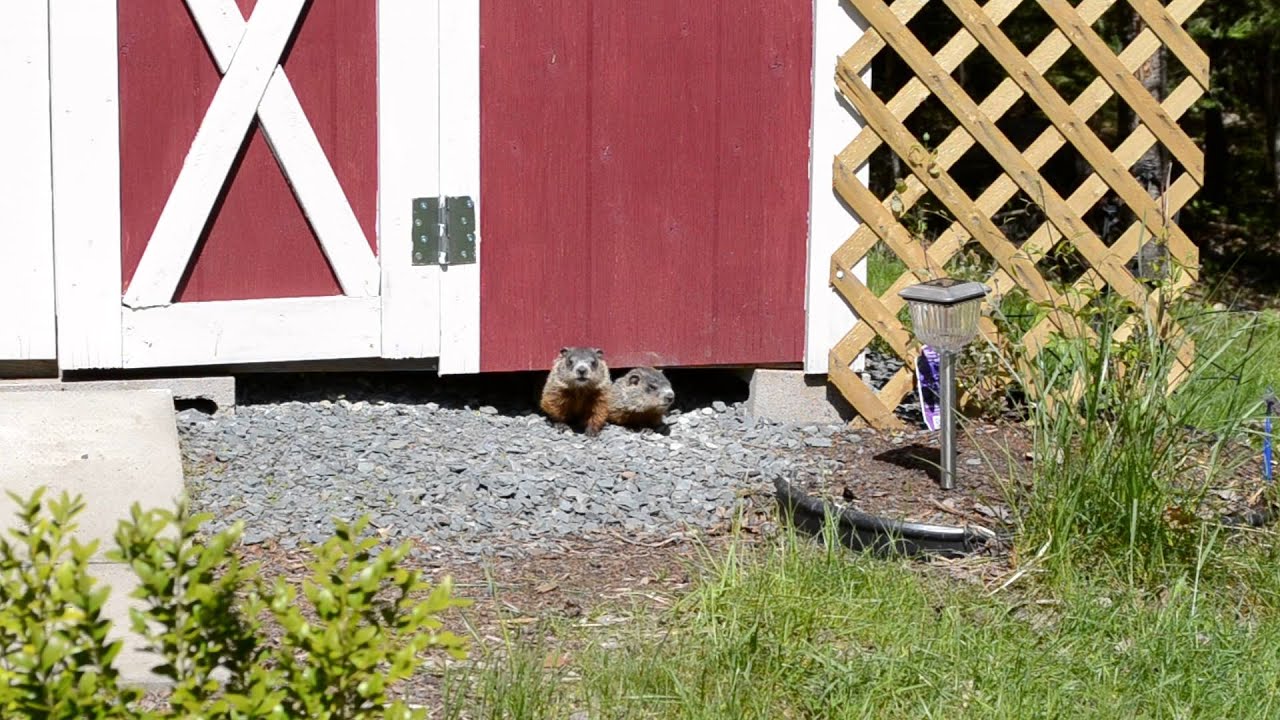
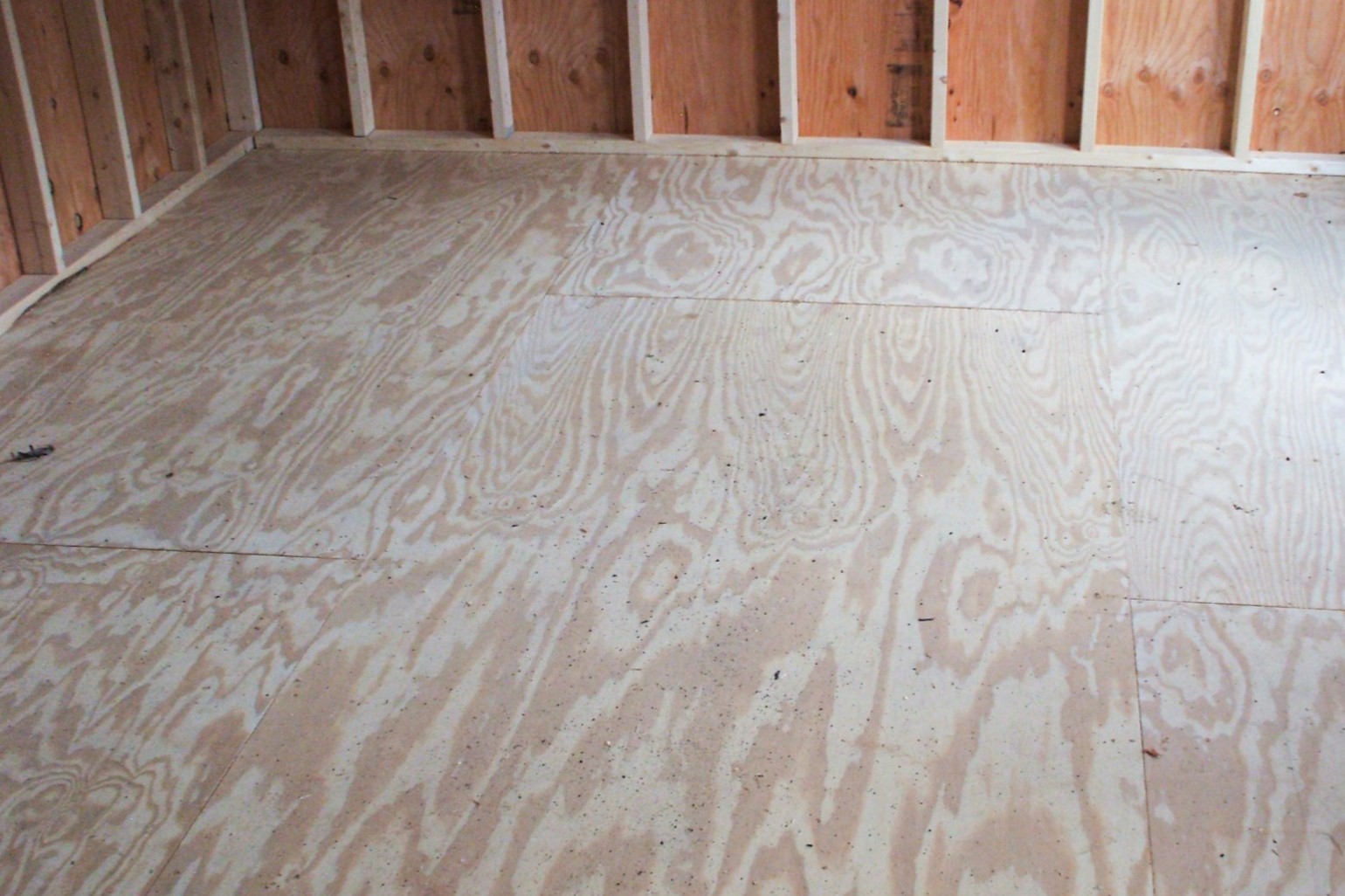
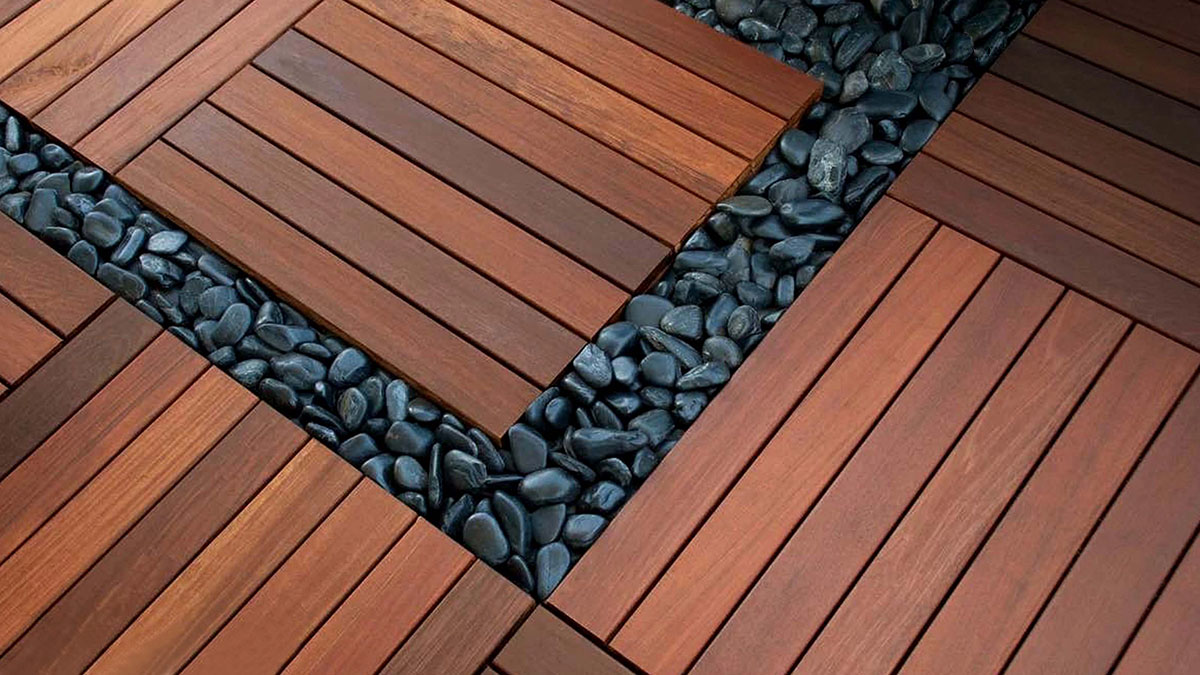
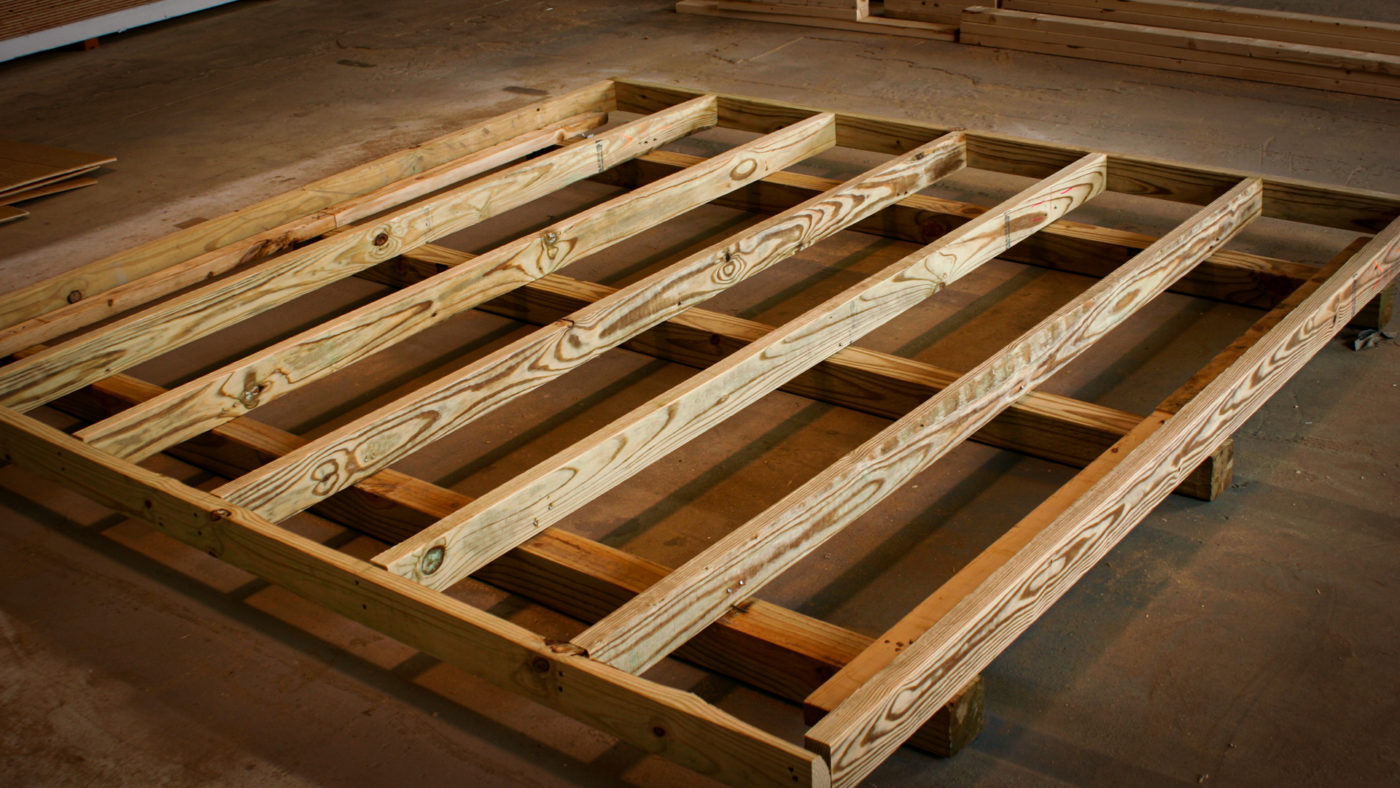

0 thoughts on “How To Prevent Shed Floor Rot”